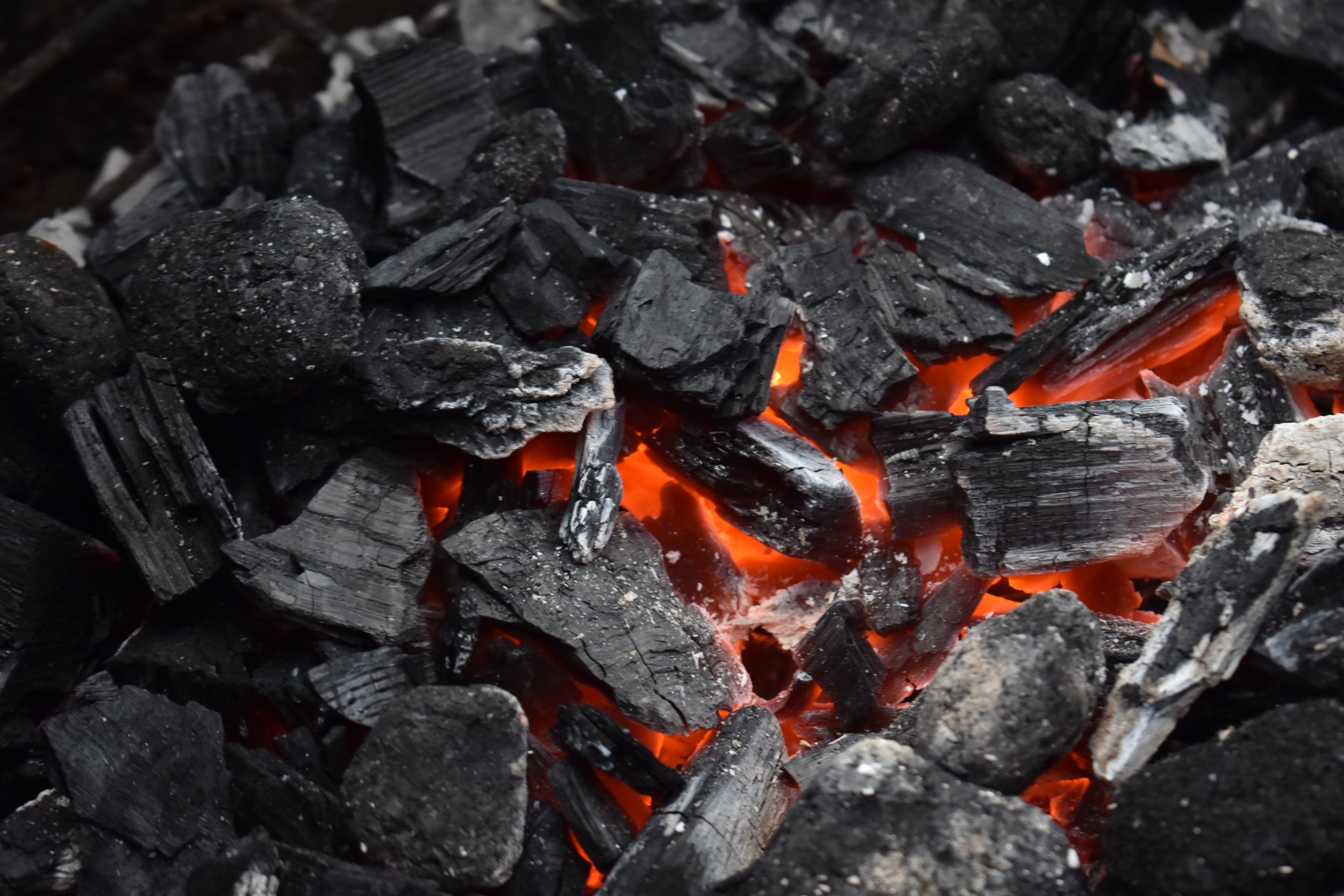By: Bennett Z. Tuleja
Clean coal was largely brought forth to the public eye by former President Donald Trump, who has spoken highly of the production of “...clean, beautiful coal” at several of his rallies over the past few years.[i] However, while the term has become popularized, what “clean coal” exactly is remains “nebulous” according to industry experts.[ii] This is quite surprising because the term dates back to 2008 when “clean coal” campaigns arose in response to congressional interest in new pollution regulation initiatives.[iii]
With this background in mind, under current Kentucky tax law, coal producers are incentivized to produce “clean coal.”[iv] The tax credit is enumerated in Chapter 141 of the Kentucky Revised Statutes and provides a credit of “two dollars ($2) per ton of” clean coal.[v] So what exactly is “clean coal” to Kentucky’s legislature, and what exactly is this tax credit incentivizing? Is the tax break the state is giving to energy producers[vi] leading to a more environmentally friendly outcome, or perhaps bluntly... is this a shortcut to higher profitability?
In the Past, Clean Coal Tax Credits Have Proven Immensely Profitable for Energy Investors – but Have Delivered Poor Results
“‘Our return on investment is staggering... Oh, 200 percent, 300 percent, 400 percent, 500 percent. I mean, just because it costs so little to develop [clean coal facilities].”[vii]
– CFO Douglas Howell, to financial analysts on a March 2018 call discussing the profitability of the clean coal tax credit from the American Jobs Act of 2004.[viii]
Clean-coal tax credits have meant big business and significant gains for U.S. energy investors in the past.[ix] However, whether the return-on-investment (ROI) is sufficient considering their intended purpose is dubious.[x] According to a 2017 Reuters study of Environmental Protection Agency (EPA) emissions data, of “56 plants that burned refined coal,” only 18 had reduced their emissions by more than 20 percent.[xi] Additionally, only 15 of those 18 plants reported “improvements after installing or upgrading [their] pollution control equipment.”[xii] Shockingly, the study also found that “22 of the 56 plants” were actually emitting lower amounts of pollutants years before they implemented improved pollution control equipment.[xiii]
While clean coal tax credits have not proven to be effective at reducing coal-based emissions, they have been great news for investors.[xiv] Goldman Sachs and its energy investment partners collected over $63 million in tax credits from the clean coal tax incentive credits in 2017.[xv] Reuters also reports that annually, clean-coal tax credits save coal mining firms about $1 billion a year.[xvi] If the goal is to incentivize coal producers to reduce their emissions, clean coal tax credits have been doing a poor job while costing taxpayers hundreds of millions of dollars.[xvii]
Kentucky’s Clean Coal Incentive Act
To claim the tax credit in Kentucky, the Clean Coal Incentive Act requires a facility to use “clean coal equipment and technologies” that are approved and certified by the Energy and Environment Cabinet.[xviii] According to the statute, “Clean coal equipment” and “clean coal technologies” are simply pieces of equipment that aid in “reducing the level of” pollutants and emissions released from coal in the electricity generation process.[xix] The specific amount of pollution reduction that is necessary to gain the tax credit is not specified in the statute.[xx]
In addition, there is no readily available information on the Energy and Environment Cabinet’s website regarding its evaluation criteria.[xxi] Given how ambiguous the statute itself is, it is concerning that there is no information regarding what standards must be met to become a certified clean coal facility and qualify for the clean coal tax credit in Kentucky.[xxii] The good news is, according to the U.S. Energy Information Administration, coal pollution levels have dropped between now and when the Act was enacted in 2005.[xxiii] However, one should note that currently, coal pollution levels are very close to where they were in the 1980s – decades before the Clean Coal Incentive Act’s implementation.[xxiv]
So, is the Act effective at reducing coal emissions? More clean coal emissions data and disclosure of the criteria the Energy and Environment Cabinet uses to grant clean coal producers their tax incentives would help make such a determination.
[i] Jessica McDonald, Clearing Up the Facts Behind Trump’s ‘Clean Coal’ Catchphrase, FactCheck.org (Nov. 9, 2018), https://www.factcheck.org/2018/11/clearing-up-the-facts-behind-trumps-clean-coal-catchphrase/ [https://perma.cc/4UUR-4LWU].
[ii] Id. (“Clean coal turns out to mean largely whatever one wants it to mean,” Edward S. Rubin, a professor of mechanical engineering and public policy at Carnegie Mellon University ... “; Julio Friedmann, a senior research scholar at Columbia University’s Center on Global Energy Policy and CEO of Carbon Wrangler, “There is not a formal definition of clean coal...”).
[iii] Tom LoBianco, Groups Spend Millions in ‘Clean Coal’ Ad War, Wash. Times (Dec. 25, 2008), https://www.washingtontimes.com/news/2008/dec/25/groups-spend-millions-in-clean-coal-ad-war/ [https://perma.cc/3MJY-RT8F].
[iv] Ky. Rev. Stat. § 141.428.
[v] Id.; Ky. Rev. Stat. § 141.428(4).
[vi] Id.
[vii] Tim McLaughlin, U.S. Investment Firms Rake in ‘Staggering” Returns on Clean Coal Tax Credits, Reuters (Dec. 4, 2018, 12:00 PM), https://www.reuters.com/investigates/special-report/usa-coal-wallstreet/ [https://perma.cc/7F7G-9E4T].
[viii] Id.
[ix] Id.
[x] Tim McLaughlin, U.S. Clean Coal Program Fails to Deliver on Promised Smog Cuts, Reuters (Dec. 3, 2018, 12:00 PM), https://www.reuters.com/investigates/special-report/usa-coal-pollution/ [https://perma.cc/6ER2-36LF].
[xi] Id.
[xii] Id.
[xiii] Id.
[xiv] McLaughlin, supra note vii.
[xv] Id.
[xvi] Id.
[xvii] Id.
[xviii] Ky. Rev. Stat., supra note iv at § 141.428(3)(b).
[xix] Id. § 141.428(1)(b)-(c).
[xx] Id. § 141.428,
[xxi] See generally, Energy & Environmental Cabinet, Ky. Energy and Env’t Cabinet, https://eec.ky.gov/Pages/index.aspx (last visited Mar. 23, 2022) [https://perma.cc/SD89-8NCL].
[xxii] Id.; Ky. Rev. Stat., supra note iv.
[xxiii] Fuel Specific Emissions Tables by State, Coal Energy-Related Carbon Dioxide Emissions, U.S. Energy Info. Admin. (Mar. 2, 2021), https://www.eia.gov/environment/emissions/state/ [https://perma.cc/8VE4-L9BC].
[xxiv] Id.
[xxv] Id.



